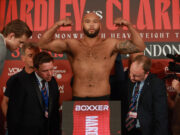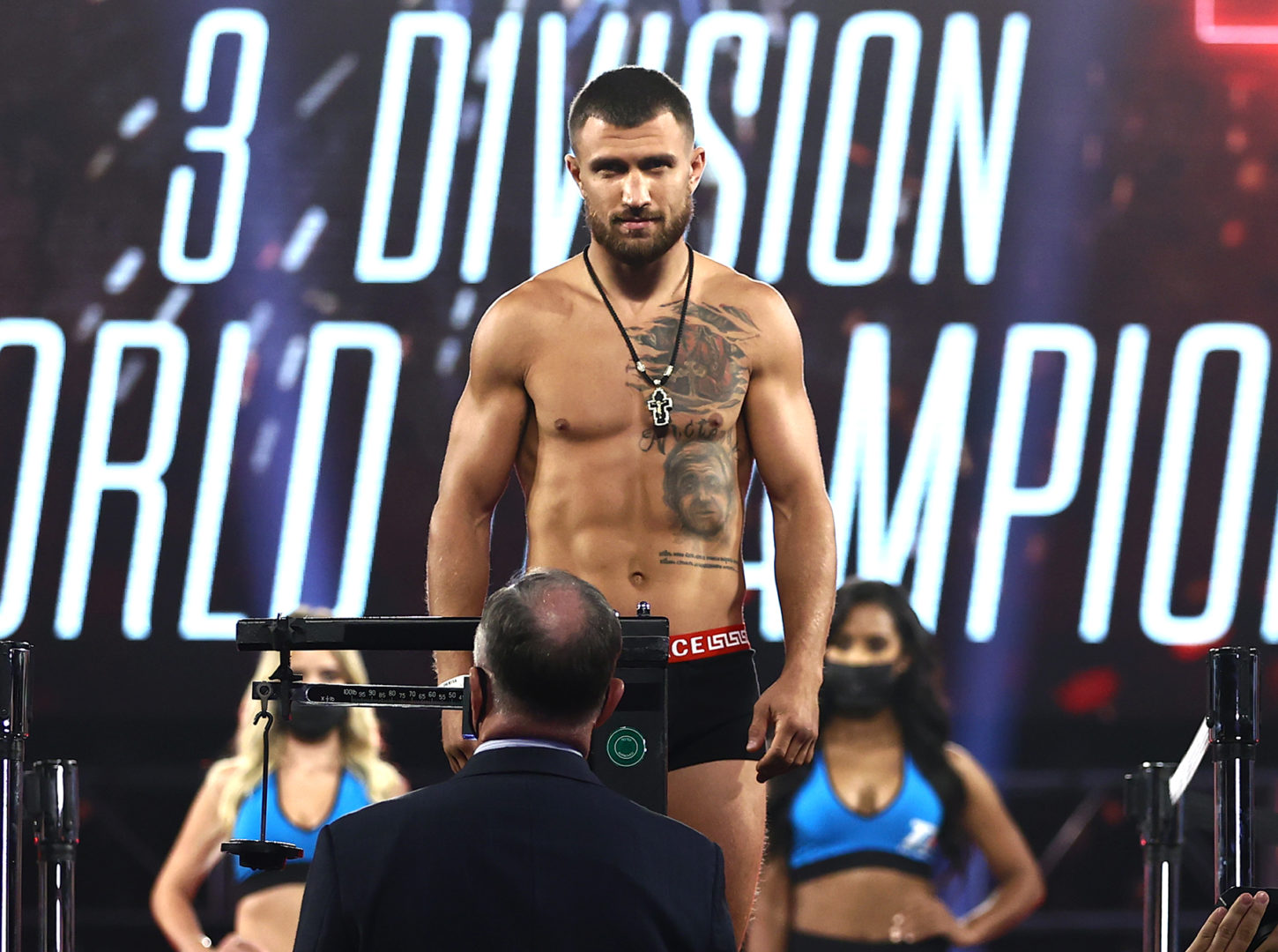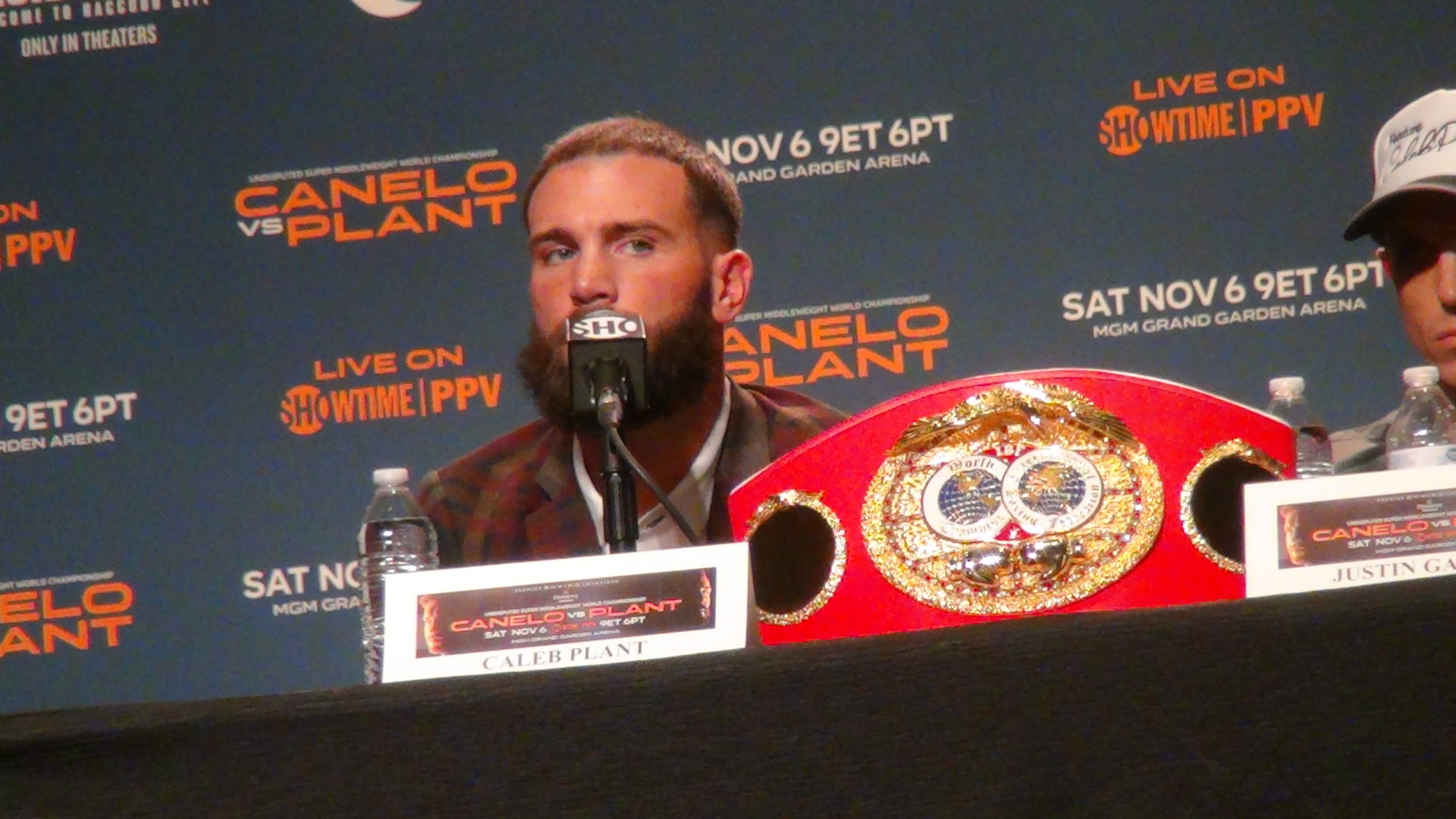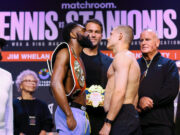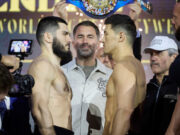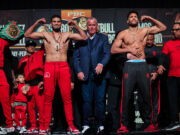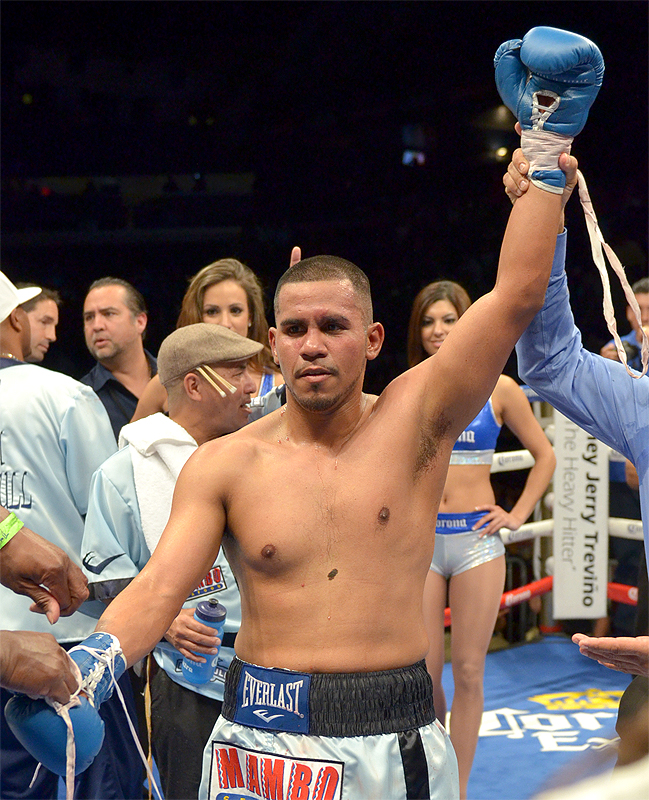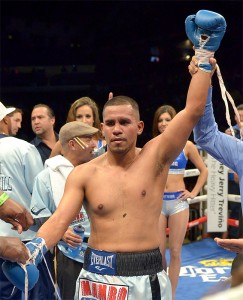
SAN ANTONIO – Saturday at Laredo Energy Arena, about 150 miles southwest of here, Houston’s Juan “Baby Bull” Diaz will make a 10-round match with Brazilian Adailton De Jesus, as part of the second fight of a however-many-fight comeback Diaz plans to pursue till peril massively outweighs treasure and he returns to a retirement he apparently did not enjoy in 2011 and 2012. I will be there because Laredo is not too far, Diaz is one of my favorite fighters – in part because of the match he made with Juan Manuel Marquez 4 1/2 years ago – and because Diaz’s new promoter, Top Rank, has not been in Texas nearly as much as hoped this year.
Juan Diaz’s comeback may be sincere and well designed and likely to succeed or it may not, and as there’s no way to tell at this point what it is, Top Rank has chosen for Diaz an opponent who may or may not be serious himself. Adailton De Jesus is a Brazilian lightweight whose talents do not travel particularly well. He was last seen in the United States losing an uncomplicated decision to Marco Antonio Barrera three years ago at Alamodome. That Barrera bore little resemblance to the man who twice decisioned Erik Morales; the Barrera who fought De Jesus returned from a 15-month sabbatical, almost three years after announcing a “retirement” caused by his one-way rematch loss to Manny Pacquiao (a forgettable fight historic only for bringing a cessation to Top Rank and Golden Boy Promotions’ first feud) to investigate how much money Barrera could raise on the nostalgia circuit before he careered into broadcasting full-time.
De Jesus’ career, a venture apparently paused when his first-round knockout of a 14-14-1 opponent in 2011 was nonviolent enough to warrant investigation by Brazilian officials, a knockout that came just three Saturdays after De Jesus was stretched in four rounds by Mexican Humberto Soto in Mexico, was a one marked by losses on the road complemented by resume-builder wins at home. Nothing about the Brazilian lightweight’s 19-month vacation, which will end Saturday in Laredo, indicates a new desire to compete; likely this is a fight made by a matchmaker who spoke to a matchmaker who spoke to a manager – “Adailton always was tough, and Diaz never could punch” – that will get De Jesus a new truck in Sao Paulo and/or VIP passes to the 2016 Olympic Games in Rio.
If the unforeseen comes to pass and De Jesus upsets Diaz, the Brazilian’s team will see if they can’t parlay the victory towards a guaranteed loss in a staybusy fight for Miguel Vazquez or Mike Alvarado or Brandon Rios or whomever Top Rank envisions someday feeding a plate of Baby Bull. Diaz-De Jesus, then, will determine nothing about the lightweight or junior welterweight divisions we do not already know, but it will afford an opportunity to see Diaz in action, which, for a small band of aficionados, is a treat not to be missed.
For a number of reasons Diaz was never popular with the masses as hoped; not as Don King hoped, when, by his own admission in 2006, King slipped a DKP contract over Golden Boy’s, with Diaz’s pen dangling portentously above, to get Diaz on a Liakhovich-Briggs card at Chase Field, when it became apparent nobody in Arizona knew Scottsdale’s Sergei Liakhovich, victimized just Friday on ShoBox, and the reliable Latino revenue stream would need be tapped. But Mexicans never much related with Diaz, a volume puncher with an everyman physique – long, loose muscles framing a midsection that jiggled – who possessed neither knockout power nor a fixation on opponents’ livers.
A couple years and some televised fights later, King got Diaz’s title lost to Nate Campbell in Mexico, which led Diaz, finally, to Golden Boy Promotions, an underappreciated decision over Michael Katsidis and the 2009 fight of the year with Juan Manuel Marquez, a man for whom, posterity now says with a chuckle, Diaz appeared structurally too large at 135 pounds, bulling Marquez for much of the match’s opening 18 minutes before succumbing to the finest counterpunching seen in a generation and being stopped by a gorgeous right uppercut in round 9.
Diaz’s rehabilitation tour did not go as planned; he decisioned Brooklyn’s Paulie Malignaggi in Diaz’s native Houston, and then Malignaggi premiered what can fairly be called his signature postfight speech about boxing’s evilest forces, money and corruption, being allied against a fighter from the economically irrelevant township of New York City. A lackluster rematch with Malignaggi got the “Magic Man” his desired decision, and eight months later got Diaz handed to Marquez in another rematch no one asked for – certainly not Las Vegas, the match’s unfortunate and unfortuned host, enjoying then its second year of 18-percent unemployment – and Diaz feinted at more fighting then said goodbye to attend law school or become a lawyer or some other narrative thread nobody pulls anymore because Diaz is a good guy and it’s unkind to ask if a rising Houston attorney would subject himself to other men’s fists for UniMás (formerly Telefutura) money.
How relevant is any of that to me? Not at all, honestly. Volume punchers are my favorites – whether their names are Juan Diaz, Timothy Bradley or Nihito Arakawa. Some aficionados have justified grievances with volume-punching types – they tend to outpoint the stylists whom purists pride themselves on adoring – and most casual fans hate them even more for neither scoring highlighted knockouts nor having what euphonious names garner from aficionados’ faces the admiring expressions casual fans love to cause at sportsbars. Diaz’s ability to relax in the presence of stronger punchers and stronger men, though, has enchanted me most of his career, and if his retirement did not go as planned, at age 29 he is welcome to keep plying his trade.
Expect me at ringside any time the Baby Bull fights in Texas.
Bart Barry can be reached at bart.barrys.email (at) gmail.com


